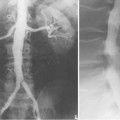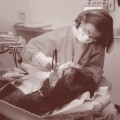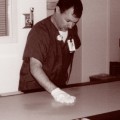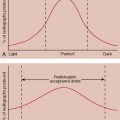CHAPTER 5 On completion of this chapter, you should be able to: • List the pioneers in radiology and describe their contributions to the field. • Describe the events leading to the discovery of x-rays. • Give a short history of Wilhelm Conrad Roentgen. • Describe the works of Marie and Pierre Curie in radioactivity. • List the events leading to the development of nuclear medicine. • Describe the modern radiology department, including equipment, specialized tasks, and staff development through continuing education. Wilhelm Conrad Roentgen was born on March 27, 1845, in Lennep, a small town near the Rhine River in Germany (Fig. 5-1, A). He was the only child of Friedrich Conrad Roentgen, a textile merchant whose ancestors had lived in or near Lennep for several generations. Wilhelm Roentgen married Bertha Ludwig in 1872 (Fig. 5-1, B), and in 1888 he was offered employment at the University of Wurzburg. He readily accepted the offer, knowing of the university’s new physics institute and its impressive facilities. Roentgen was elected rector at the university, although he continued to work in the physics department and on his personal research projects. He became interested in cathode ray experiments with the Crookes tube, which he worked with until his discovery of x-rays.
Radiology
A Historic Perspective
Pioneers of radiology
Wilhelm Roentgen
Radiology: A Historic Perspective










